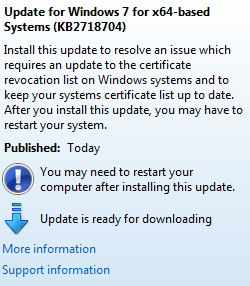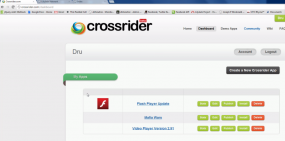The alleged ringleader of a Romanian hacker gang accused of breaking into and stealing payment card data from hundreds of Subway restaurants made news late last month when he was extradited to face charges in the United States. But perhaps the more interesting story is how his two alleged accomplices were lured here by undercover U.S. Secret Service agents, who promised to shower the men with love and riches.
 Adrian-Tiberiu Oprea, 27, appeared in a New Hampshire federal court a week ago Tuesday, after being extradited from Constanta, Romania to face charges of hacking into the point-of-sale terminals at more than 150 Subway restaurants and at least 50 other retailers. Oprea was among four men indicted last year on charges of conspiracy to commit computer fraud, wire fraud and access device fraud.
Adrian-Tiberiu Oprea, 27, appeared in a New Hampshire federal court a week ago Tuesday, after being extradited from Constanta, Romania to face charges of hacking into the point-of-sale terminals at more than 150 Subway restaurants and at least 50 other retailers. Oprea was among four men indicted last year on charges of conspiracy to commit computer fraud, wire fraud and access device fraud.
Two of Oprea’s alleged accomplices arrived in Boston one day apart in August 2011, and were arrested immediately after stepping off of their respective flights. Previous news stories have noted their arrests and detentions in the United States, but all of the accounts I read neglected to mention one very interesting fact: Both men entered the country of their own volition.
I spoke last week with Michael Shklar, the public defender appointed to 27-year-old Iulian Dolan — the man authorities say helped Oprea sell credit and debit card accounts harvested in the break-ins. According to Shklar, U.S. Secret Service agents tricked his client into voluntarily visiting the United States by posing as representatives from a local resort and casino that was offering him a complimentary weekend getaway.
“My client was actually smart enough to say, ‘Oh, I don’t believe this. Why would you invite me to a weekend for free?’ And they basically told him, ‘Well, we know you gamble online, and we would like to comp you a weekend because it gives us a cosmopolitan feel.”
Shklar said his client apparently was taken in by the ruse, and thought he’d struck a rapport with the female casino employee who’d invited him. Dolan didn’t know it, but the Secret Service and the casino had set up a dedicated telephone line for the female “employee,” and gave her an email with the casino’s domain name. When a suspicious Dolan sought to verify her story, it checked out. The airline ticket itself was even purchased by the casino, in case Dolan checked on that detail as well.
Apparently convinced he was headed for a weekend of fun, Dolan packed a suitcase with three days’ worth of clothes — plus jewelry for his erstwhile casino friend — and hopped on a complimentary flight from Bucharest to Logan International Airport…where he was presented with complimentary silver bracelets.
“He arrived in the U.S. with some clothes, a cheap necklace, a little bit of money, and three very large boxes of grape-flavored Romanian condoms,” Shklar said. Continue reading














